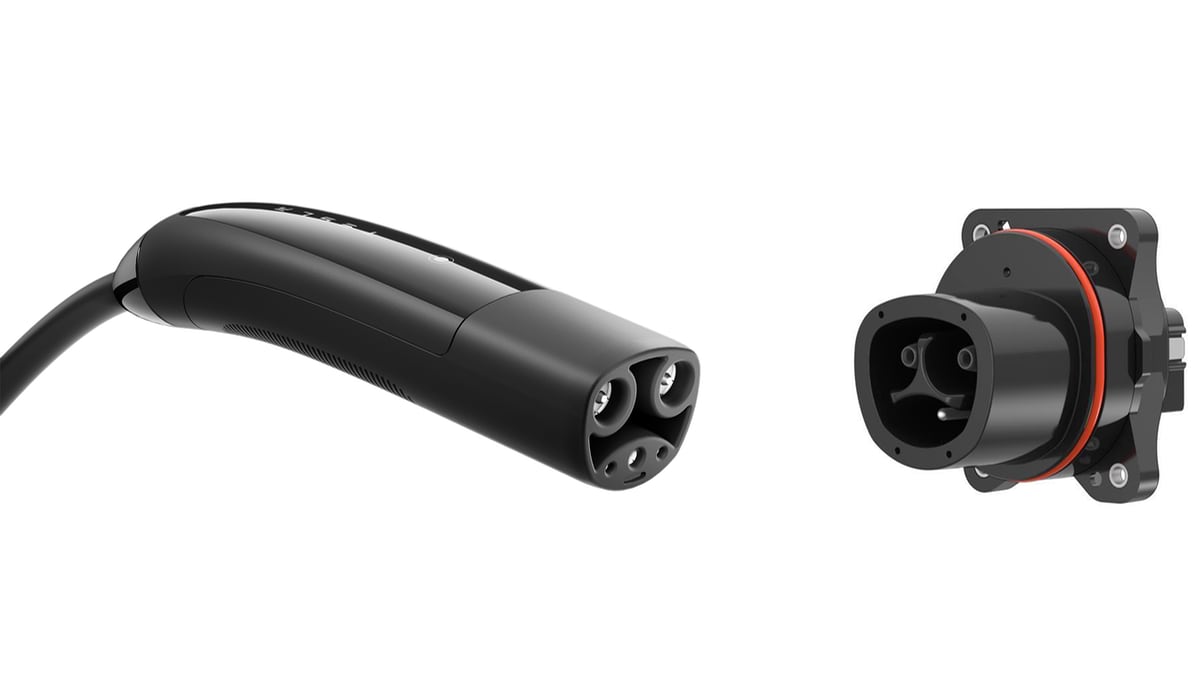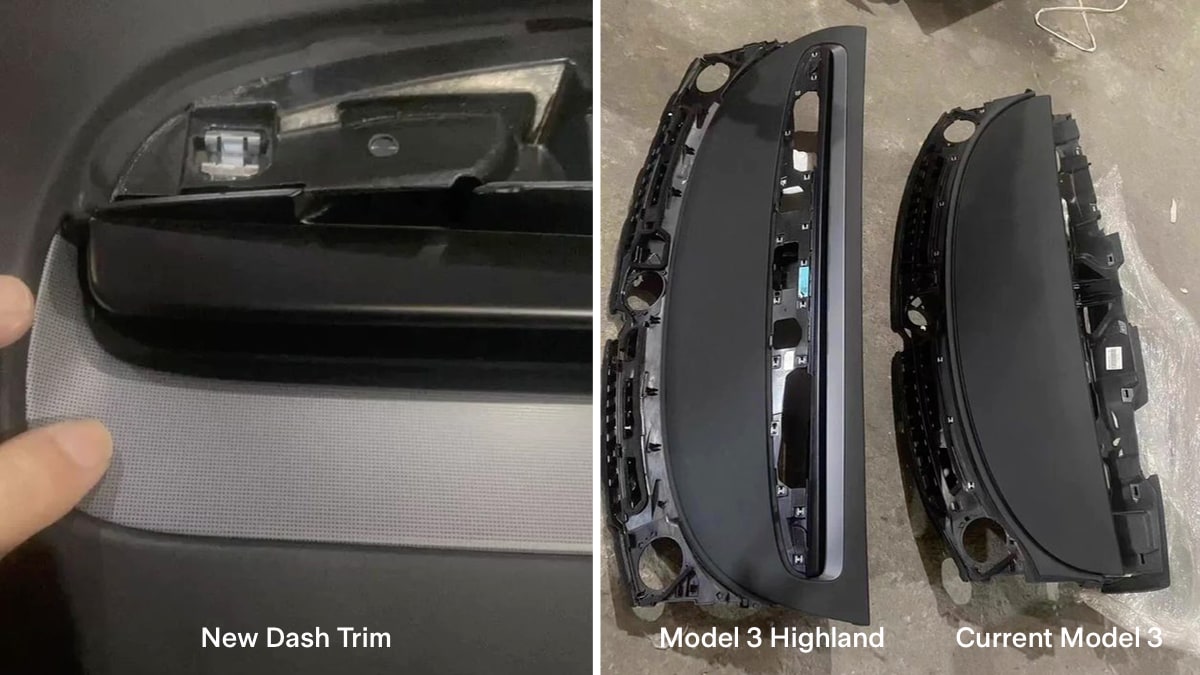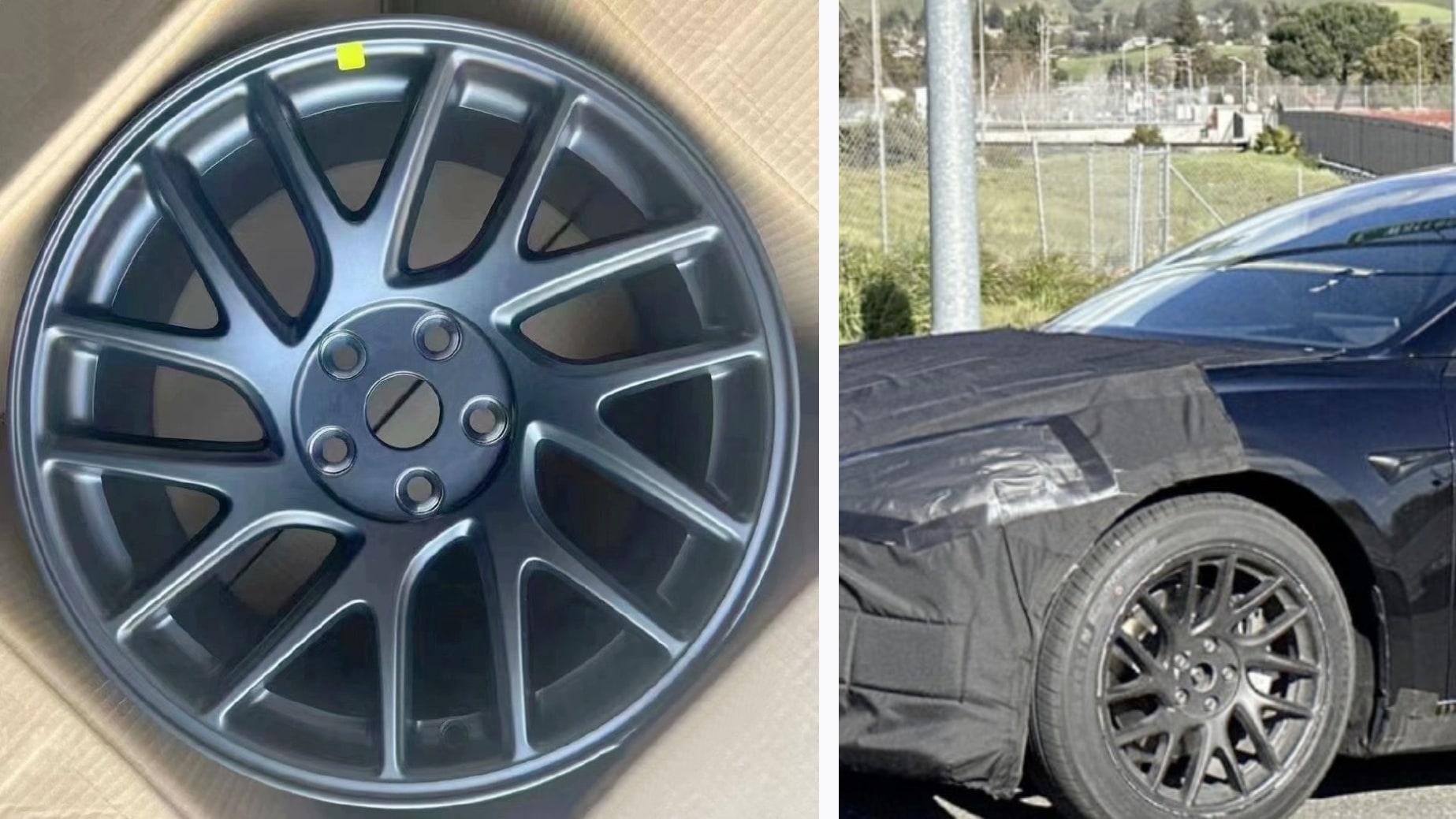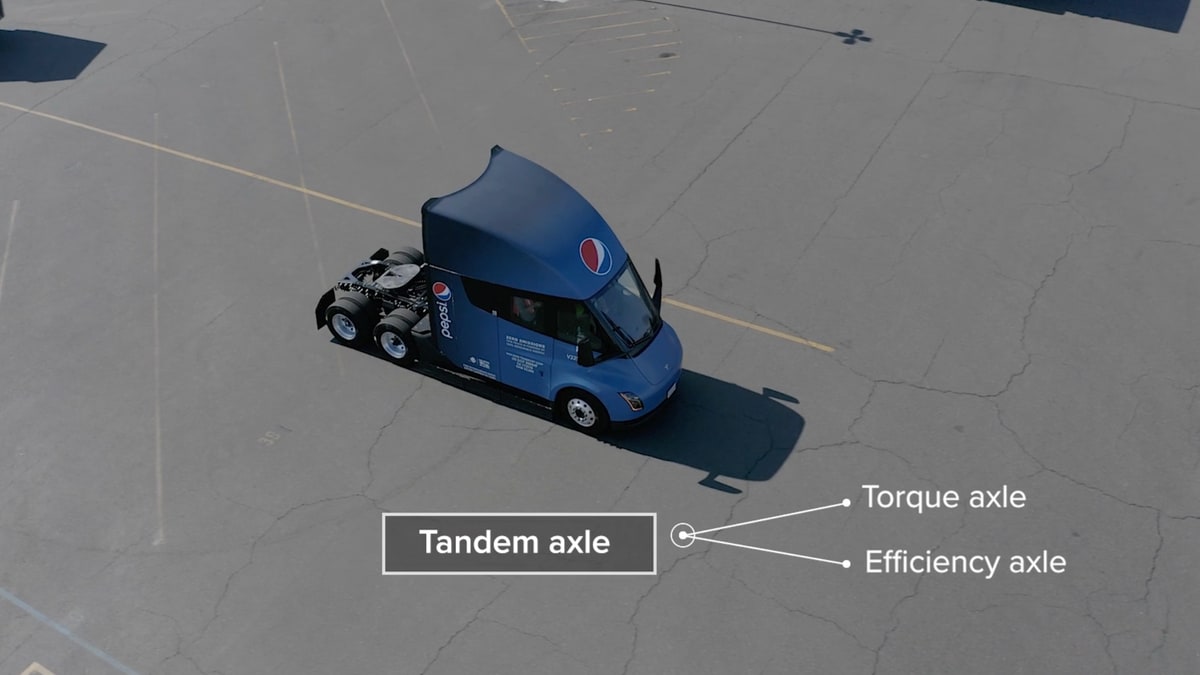By Kevin Armstrong

A crucial aspect of electric vehicle adoption is efficient and standardized charging infrastructure availability. Tesla opened up its plug technology and smartly renamed it the North American Charging Standard (NACS) connector. Thankfully, legacy automakers, led by Ford, went all in on Tesla's technology. Now Tesla has further solidified its commitment to fostering industry-wide standardization by licensing UK-based power equipment manufacturer Volex to produce its NACS connector.
The Importance of the NACS Connector
By allowing other automakers and infrastructure suppliers to adopt this connector, the NACS connector is on track to become the most widespread charging standard in the world. Already outnumbering the Combined Charging System (CCS) two-to-one and boasting 60% more NACS posts, Tesla's Supercharging network is driving a cohesive strategy toward a unified charging system.
Tesla's license to Volex signifies an important step in making the NACS connector widely available. Volex is a recognized global leader in integrated manufacturing for performance-critical applications and a major supplier of power products. The company's expertise in cable assemblies, electric vehicles, and consumer electricals makes them an ideal partner for this endeavor.
The Executive Chairman of Volex, Nat Rothschild, underscored the significance of this partnership, stating, "As a selected supplier of the NACS coupler, this further validates that Volex continues to be the trusted manufacturing partner of Tesla's charging system technology to the world's leading EV manufacturing companies and suppliers who utilize the NACS EV Charging system."
NACS Adapters
Volex's readiness to supply the NACS connector to automakers makes this partnership even more compelling. While Tesla had announced the intention to provide adapters to automakers next year, Volex's preparedness accelerates the process.
The adoption of NACS has already begun to resonate across the industry, with Ford, GM, Rivian, Nissan, and other automakers announcing their commitment to this new standard. Including Volex in this ecosystem adds momentum to the standardization process and potentially paves the way for more robust and rapid expansion of the EV charging infrastructure.
The licensing agreement with Volex further emphasizes Tesla's willingness to share its technology and leadership for the greater good of the automotive industry. In a landscape often marked by intense competition and guarded intellectual property, this collaboration offers a refreshing perspective toward achieving a common goal: making electric mobility more accessible and convenient for everyone.
By Kevin Armstrong

It's not the first time we've reported on the new dashboard and wheels of the Tesla Model 3 refresh, known as 'Project Highland,' but now we have our first close-up photos of the new dashboard. We also have our first high-quality photo of the new wheels, expected to arrive with the Model 3 Highland. The latest leaks are evidence that this vehicle is inching closer to streets near you.
Images of what was claimed to be the dashboard for the Highland Model 3 surfaced online by @xiaoteshushu in China, who stated the pictures were received anonymously. The post on X.com was then deleted, with the author saying they were asked to delete the photos by the supplier. This brings additional credibility to the claim that this is indeed the new dash for Project Highland. We believe that this leak is credible, but without knowing the age of the images or the parts in them, it's not clear whether these are the final versions that will ship with Highland. The dash itself appears to match details we've been given in the past.
Dashboard Details
While the tweet may be removed, it will live forever online. A closer inspection of the image courtesy of the former president of Munro & Associates, Cory Steuben states: "Refreshed IP (instrument panel) top cover. Larger area of A-surface is integrated into one piece. Model 3 highland?"
This observation opens up several possibilities of potential new features, such as a second driver display, although this is highly speculative. We do know that the vehicle will use an on-screen shifter, known as Smart Shift.
We already knew the vehicle's dash would receive a facelift, but it was believed to be a way to simplify the manufacturing process instead of offering something new and improved. Remember, the wood trim is being removed and replaced with another material. Based on these new leaked images, the new material appears to be metal or a metal-like finish. The trim is not a part of the central dash piece, so it's possible Tesla may offer different colors or types of trim, such as carbon fiber or a fabric finish that could be based on the vehicle's color or trim level.
New Wheels

As for the new image of the rim, it backs up a previous story that speculated on wheel changes after the caped Model 3 was seen a few times on roads and highways around California.
In February, we spotted the new design offering 14 points of contact with the outer edges instead of the current 10-spoke rims. The spokes are slightly off-center to give a swirl effect, another difference from the straight lines the current rims offer. A large circle in the middle where the center cap will go. That circle will replace the five-star piece on the existing wheels. These wheels offer more coverage, possibly cutting down on wind resistance and giving you a half mile more in range. As we know, Tesla always looks for ways to improve range, which cuts down on costs by being able to provide a smaller battery.
The new images of the Model 3 'Highland' dashboard and rims keep Tesla’s secret front and center. It’s believed that production of the Highland will begin in China as soon as next week, with production lines at Fremont set to transition soon after. This would also explain why Model 3 orders are being pushed back.
By Kevin Armstrong

PepsiCo's collaboration with Tesla's Semi electric trucks has marked a new era in the world of heavy transportation. Through a recent 12-minute video produced by the North American Council for Freight Efficiency (NACFE), the soft-drink giant provides us with a look into the fleet's operation.
Sustainability Targets: Meeting and Exceeding Goals
PepsiCo's Sacramento facility houses 21 Tesla Semis in a bold step towards sustainability. These electric trucks have become crucial to achieving PepsiCo's sustainability targets, offering an efficiency of 1.7 kWh per mile, leading to a 23% fuel cost reduction. The combination of short-range runs and dedicated long-haul routes highlights the truck's versatility.
The Sacramento facility is backed by four 750 kW DC chargers, allowing Semis to charge from 10% to 90% in 20-30 minutes. This massive charging power supports daily operations and paves the way for future electrified depots.
Beyond Numbers: The Real-World Impact
The NACFE video features several drivers who laud the Tesla Semi for better visibility, comfort, and less tiring experience. Such firsthand insights emphasize the Semi's ergonomic design and the successful transition from traditional internal combustion engine trucks.
But the collaboration between Tesla and PepsiCo goes beyond figures. Amanda DeVoe, PepsiCo's Transformation and Strategy Director, speaks of how essential battery electric vehicles are for PepsiCo's business model. The regenerative braking system, the comfortable interior, and the quick charging contribute to practical and sustainable logistics.
Pepsi Tesla Semi Video
A Glimpse of the Future: Paving the Way for Clean Transportation
The relationship between Tesla and PepsiCo isn't just about two companies. It's a symbol of the broader transformation in the trucking industry. The partnership provides a blueprint for others, reflecting a commitment to cleaner heavy haulage, renewable energy, and technological innovation.
PepsiCo's usage of Tesla Semi electric trucks offers a promising glimpse into the future of logistics and environmental responsibility. The insights shared in the NACFE video paint a picture of a future where innovation and sustainability go hand-in-hand.
As Charles Burton, the head of fleet operations in the western region for PepsiCo Beverages, stated, "This is going to revolutionize how the trucking industry goes to market in the future." The Tesla and PepsiCo partnership is a path forward for the entire transportation industry.
The success of this partnership sets a precedent with lessons that could be replicated across the industry. It not only showcases how two industry giants can work together to meet today's challenges but also how they can lay the groundwork for tomorrow's solutions.
Bagikan Berita Ini














0 Response to "Tesla Will Have Volex Manufacture NACS Charging Connectors - Not a Tesla App"
Post a Comment